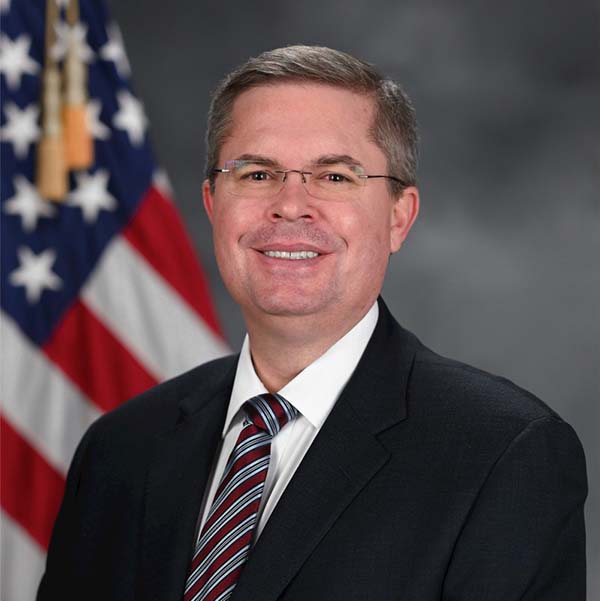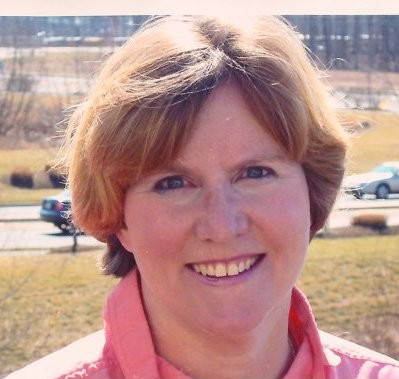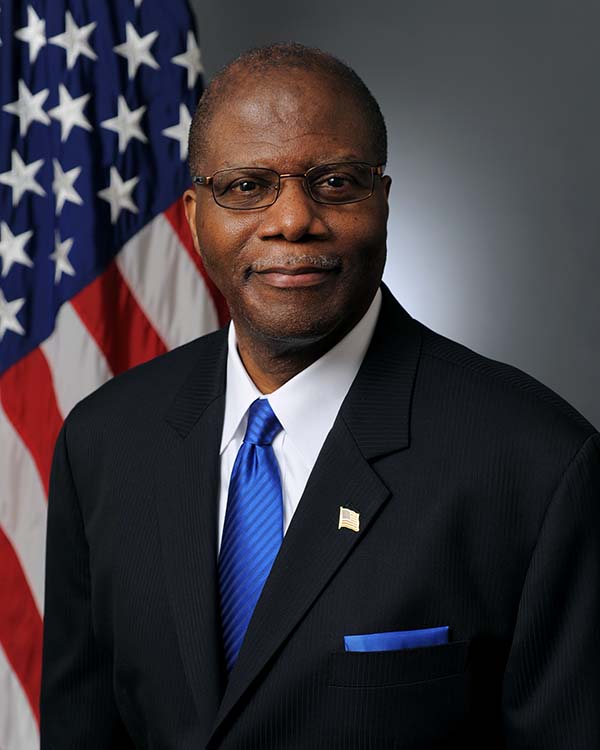Officials
These officials of the US Federal government across defense, Intelligence Community, and civilian agencies represent some of the figures who’ve been involved with the UAP-related functions of various offices.
Department of Defense
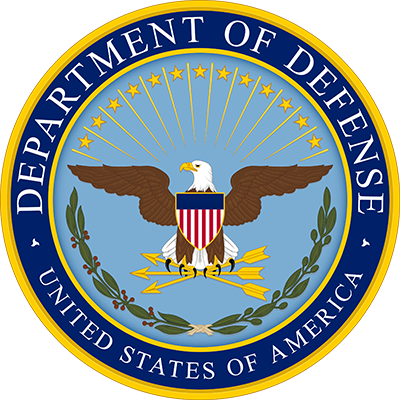
Scott Bray
Deputy Director of Naval Intelligence, Office of Naval Intelligence (ONI)
Bray testified during the 2022 House of Representatives UAP hearing along with Ronald Moultrie. As Deputy Director of ONI, it was clear Bray was familiar with the topic, and was walking a fine line between trying to answer questions, while avoiding crossing over into any classified information. Considering almost all information about UAP is currently highly-classified, according to ONI’s own UAP Classification Guide, this led to a few awkward exchanges with House Reps during his testimony.
It is presumed that Bray continues to have awareness of the UAP topic through his official duties at ONI, which has been monitoring UAP for some time by all appearances.
Melissa Dalton
Assistant Secretary of Defense for Homeland Defense and Hemispheric Affairs, Department of Defense (DoD)
Dalton was present during the mid-Super Bowl press briefing call that was put on by the Department of Defense after the third unidentified object was shot down over North America by NORAD/USNORTHCOM in February 2023. General Vanherck referred a reporter’s question to her regarding whether any materials such as recordings of the unidentified objects would be revealed to the public (she declined to answer with any specificity, and they never were).
Dalton likely continues to have awareness of the UAP topic through her official duties at DoD, especially now that UAP are being shot down over the homeland by American fighter jets.
Susan Gough
Senior Strategic Planner & Spokesperson, Department of Defense (DoD)
Susan Gough has been assigned the UAP portfolio as part of her official responsibilities as a senior spokesperson at DoD. This means many of the Department of Defense’s statements that are issued about UAP come from her.
Gough also serves as a source for many prominent reporters covering the UAP topic. This includes on-the-record statements, and possibly additional comments on background and off-the-record.
The information she publicly releases tends to emphasize the more mundane objects that get swept into UAP reports, and deemphasizes truly anomalous and outlier objects and associated events, such as the 2004 USS Nimitz “Tic-Tac” Incident.
Julian Barnes, a defense reporter at The New York Times, has ongoingly relayed Gough’s tone in his own reporting, and has failed to follow up when provided obfuscations in Gough’s official statements and comments.
In 2003, Gough submitted an academic paper entitled The Evolution of Strategic Influence during her time at the US Army War College. While not representative of official policy, it demonstrates that Gough is well-studied in military Psychological Operations (PSYOPs) and influence campaign techniques.
In the paper, she calls for a “National Psychological Strategy” which “should concentrate… on long-term attitude and behavior changes” (page 35). She also chastises the Bush (43rd) Administration for being too gentle with its sentiment manipulation techniques:
“The Administration’s efforts also appear to be hampered by ‘political correctness,’ something that has been a bane for military PSYOP for years. In an effort not to offend anybody, products are bland, without emotional impact… At some point, strategic influence must go beyond simply informing and educating and must involve the emotions of the target audiences” (page 37).
Sean Kirkpatrick, Ph.D.
Director, All-domain Anomaly Resolution Office (AARO)
Dr. Kirkpatrick is tasked with running the Congressionally-mandated UAP investigatory office within DoD that has been defined by the FY22 and FY23 National Defense Authorization Acts.
AARO has publicly released some fascinating and previously-classified data regarding reported UAP characteristics and behaviors, including confirmation that UAP morphologies (shapes) comport with those first reported in 1949’s Project SIGN. It would seem, however, that elected representatives are not satisfied with the information being provided to them, and the public, by AARO.
This has seemingly led to the recent introduction of the UAP Disclosure Act of 2023 in the US Senate, for inclusion in the FY24 NDAA. This sweeping legislation creates a system for declassifying UAP information, modeled after the JFK Assassination Records Collection Act of 1992.
It remains unclear if Dr. Kirkpatrick is vehemently and vociferously pursuing UAP information within DoD and across other agencies of the Federal Government, or whether he’s helping to obfuscate information on the topic either knowingly, or through inaction.
Ronald Moultrie
Under Secretary of Defense for Intelligence & Security (USDI&S)
Moultrie is an authority within the organization that the DoD’s AARO office is situated in, and he testified at the 2022 House of Representatives UAP hearing along with Scott Bray of ONI.
At that hearing Moultrie stated clearly that UAP are unquestionably real, and members of the armed forces interact with them on an ongoing basis. We also learned that he has attended sci-fi conventions, however it remains unclear if he’s ever dressed up for one.
Moultrie’s duties presumably mean he receives ongoing UAP updates, and has intimate access to ongoing UAP events, investigations, and associated information.
Brigadier General Patrick Ryder
Press Secretary, Department of Defense
Ryder’s role as the DoD Press Secretary put him front and center during the February 2023 North American UAP shoot-downs. During those three consecutive days and over the handful of days that followed, he offered almost no tangible information about what was going on regarding these unprecedented events to the press, and by extension to the American people.
It is unclear if he is read-in on much information concerning UAP in general, or those specifically brought down in February of 2023 by NORAD/USNORTHCOM. His may be a role that is more useful to keep uninformed on the topic.
General Glen VanHerck (US Air Force)
Commander, North American Aerospace Defense Command (NORAD) and United States Northern Command (USNORTHCOM)
VanHerck ran the shoot-down operations of three UAP over the United States and Canada in February of 2023. During his mid-Super Bowl DoD press briefing call (also attended by Melissa Dalton), he appeared to acknowledge that the objects that had been brought down were not anything like typical balloons, implying they had rigid structures, and may have been powered by some kind of propulsion system.
When asked by Pulitzer Prize-winning journalist Helene Cooper of The New York Times whether the DoD could eliminate the possibility of an extraterrestrial explanation for the objects, VanHerck said: “I haven’t ruled out anything at this point.”
It’s unclear whether Vanherck is more generally familiar with the topic of UAP through his duties at NORAD and USNORTHCOM, or they popped up on his radar (so-to-speak) after filters had been adjusted to the systems monitoring North American airspace for intrusions in the wake of the Chinese Spy Balloon shoot-down, which occurred in the weeks beforehand.
White House
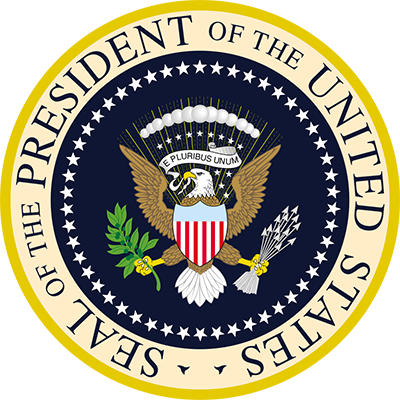
Joe Biden
President & Commander in Chief
As President, Commander in Chief, and Chief Executive of the United States of America, Biden is ultimately in control of UAP secrecy issues, which seem to be a product of Executive Branch policies. Unfortunately, President Biden has almost universally been dismissive of UAP in public over the past few years.
When asked about a public statement former President Barrack Obama made about UAP (seemingly indicating that they are quite real and not understood) and what he thought about it, Biden dismissed the question with the blunt quip “I would ask him again,” which he offered before quickly walking away.
In the wake of the February 2023 UAP shoot-downs over North America, Biden was goaded into making a public statement (after days of delay) by forceful, repeated calls from a bipartisan group of Senators, other representatives, and members of the media for him to tell the American people just what was going on.
Biden’s eventual statement came on February 16th, four days after the third unidentified object was shot down over three consecutive days. In it, he suggested the objects may have been balloons, even though this seemed to contradict General VanHerck and other unnamed officials’ earlier statements, all of which emphasized that these objects would need to be recovered for a final determination on their nature to be made (they were never recovered, at least officially). The overall tone of the statement came off as grudging and aloof.
The President is granted exclusive authority to withhold secret, undisclosed information about UAP from the American people under the provisions of the UAP Disclosure Act of 2023, a proposed amendment to the FY24 National Defense Authorization Act.
Karine Jean-Pierre
White House Press Secretary
Jean-Pierre mostly came into contact with the UAP issue over the course of the three unidentified object shoot-downs in February of 2023 and in their immediate aftermath. John Kirby did most of the speaking regarding the shoot-downs on behalf of the White House during those events, and Jean-Pierre has referred questions on UAP to the DoD (including some fairly broad questions one might expect the White House to have at least some comment on).
John Kirby
Coordinator for Strategic Communications, White House National Security Council (NSC)
Kirby took the lead responding to the press’ many questions regarding the three North American UAP shoot-downs in February 2023. While he spent a good amount of time ostensibly talking about these events, almost no actual information was relayed in the process, and the public was left with only more questions. It didn’t appear he was given much to work with by his boss.
NASA

Dr. Daniel Evans
Assistant Deputy Associate Administrator for Research, Science Mission Directorate, NASA
Evans appears to be an enthusiastic booster of NASA’s recent inquiry into UAP within the agency’s Science Mission Directorate based on the tone and language of his public comments on the topic to date, including at the NASA UAP Independent Study Team (UAPIST) public meeting on May 31, 2023. Beyond that, it’s currently unclear what will come of NASA’s nascent UAP inquiry, and what Evans’ impact on that study may be.
NASA is very specifically avoiding any thought of pursuing or utilizing classified UAP information for the purposes of their inquiry. This makes sense from the perspective of an open scientific investigation that relies on data that can be published and made available to other researchers. How might NASA’s scientists respond, if they were to learn that withheld data potentially indicated a significant, relevant discovery?
Dr. David Spergel
Chair, UAP Independent Study Team (UAPIST), NASA
President, Simons Foundation
Spergel has voiced an apparently sincere interest in UAP during his time with NASA’s UAP Independent Study Team (UAPIST), and has indicated a genuine appreciation that NASA has taken the topic on, and that he has been invited to be involved with the inquiry.
Spergel wrote a brief white paper on UAP that was uncovered through a Black Vault FOIA inquiry. This paper was written prior to his having officially joined the UAPIST, and while it doesn’t demonstrate any particularly deep subject matter expertise on UAP, he does appear willing to critically approach the subject with an open-minded perspective.

